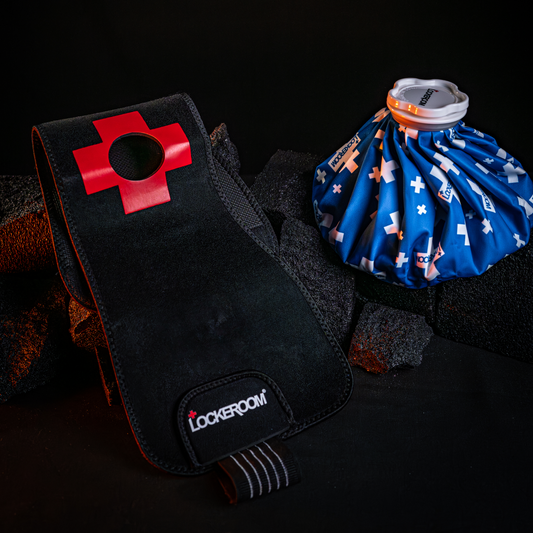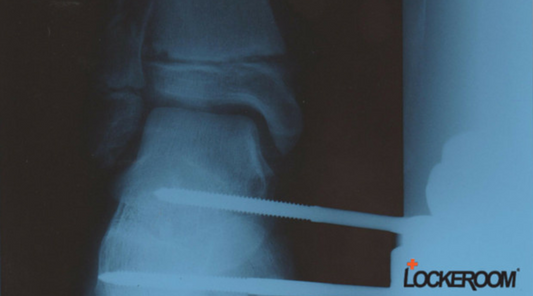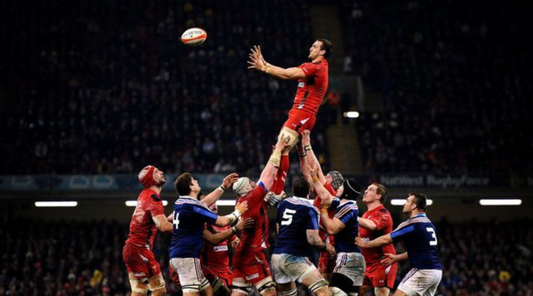
Q&A with Cam
Learn what might be behind your symptoms
When I wake in the night and get out of bed I can hardly walk! Why?
Plantar fasciitis and heel spurs are common overuse injuries in the foot that involve irritation or inflammation of the plantar fascia. This condition can affect the origin point where the fascia attaches to the heel, or the medial and lateral bands of the fascia.
Symptoms include sharp pain in the heel, especially noticeable with the first steps in the morning or after periods of rest.
This pain can be exacerbated by stress factors such as sudden increases in activity, changes in footwear, or poor shoe support. Running long distances without adequate training, poor pelvic control, or changes in running mechanics can also contribute to the development of these conditions.
Can Plantar Fasciitis be cured?
Yes but it often takes considerable time.
This is because treatment typically involves a combination of immediate strategies to reduce inflammation and long term strategies to correct movement patterns that contribute to the problem.
When experiencing foot pain, it's important to take a comprehensive approach to management.
Start by applying ice to the affected area using an Ice Mate Mini to reduce pain and inflammation.
To address stiffness in the mid-foot joints and release the intrinsic muscles of the foot, use a Massage ball to roll the foot. You can also use a Pocket Physio Mini to target and release tension in the plantar fascia.
Strengthening exercises, such as picking up a pen with your toes, are beneficial for improving foot muscle strength.
Additionally, mobilize the ankle joint with tools like a Powerband or perform the Ankle 8 exercise.
Stretching the calf muscles with a Stretchband can help reduce neural tissue tone and relieve calf tightness.
Finally, it's essential to consider the broader biomechanical chain by improving lumbo-pelvic stability, as issues in the ankle, knee, and hip can contribute to foot pain. Addressing these areas holistically can lead to more effective and lasting relief.
What other foot injuries are there?
Foot trauma injuries can vary significantly in severity and cause. Here are some common types:
- Stress Fractures: These often occur in the navicular bone or the 5th metatarsal due to repetitive activities like running or jumping. Symptoms include localized pain and swelling. Treatment typically involves rest, ice, and possibly a specialized boot to limit movement
- Fractured Tarsal Bones: These are usually caused by direct impact or high-impact activities such as jumping or awkward landings. Symptoms include sharp pain, swelling, and difficulty bearing weight. Treatment usually involves immobilization with a cast or boot and possibly surgery, depending on the fracture's severity
- Ruptured Tendons (Toe): These injuries, occurring under weight-bearing conditions, result in severe pain and difficulty moving the affected toe. Treatment involves rest, ice, and potentially surgery to repair the tendon
- Lisfranc Injury: This involves the separation of the cuneiform bones, often due to a significant impact or awkward landing. It can range from a simple sprain to a severe fracture requiring surgery. Symptoms include intense pain, swelling, and difficulty bearing weight. Management typically involves immobilization and possibly surgical intervention, especially in severe cases.
In all cases, the best course of action includes applying ice to control pain, seeking medical diagnosis as soon as possible, and following prescribed treatment plans closely. Proper management from the onset is crucial to ensure correct healing and recovery, given the foot's critical role in weight-bearing and movement.
I have been running a lot and am getting mid foot pain. What could be causing this?
These injuries may be stress related and end up being a stress fracture if not managed well. Often occurs in the navicular bone or the 5th metatarsal due to repetitive activities like running or jumping can be affected by overload.. Symptoms can include localized pain and swelling.
Treatment typically involves rest, ice, and possibly a specialized boot to limit movement. Physically improving foot mobility ( ball) , strengthening lower leg muscles, stretching well can all assist. Bigger picture, ensure correct lower limb mechanics ( pelvic stability) and footwear. Also ensure you running program loads are mapped out well for your events.
What is a Lisfranc Injury?
Foot trauma injuries can vary significantly in severity and cause. Common types of foot injuries include stress fractures, fractured tarsal bones, ruptured tendons in the toe and Lisfranc injury (a separation of the cuneiform bones).
This injury involves the separation of the cuneiform bones, often due to a significant impact or awkward landing. It can range from a simple sprain to a severe fracture requiring surgery. Symptoms include intense pain, swelling, and difficulty bearing weight. Management typically involves immobilization and possibly surgical intervention, especially in severe cases.
These fractures are usually caused by direct impact or high-impact activities such as jumping or awkward landings. Symptoms include sharp pain, swelling, and difficulty bearing weight. Treatment usually involves immobilization with a cast or boot and possibly surgery, depending on the fracture's severity.
If I have a significant foot injury will I ever play sport again?
For foot injuries, the return-to-play (RTP) timeline varies depending on the treatment approach. If surgery is required, the recovery period can be extensive, often ranging from 6 to 9 months. This includes significant time spent braced in a boot and non-weight-bearing (NWB).
For conservative management, which typically involves around 12 weeks of recovery, the initial phase often includes 6 or more weeks in a boot to allow the injury to stabilize and the pain to subside, followed by a structured rehabilitation program to restore function and strength. This includes foot mobility, ankle mobility, ankle and foot strength, Balance exercises and a core stability program.















